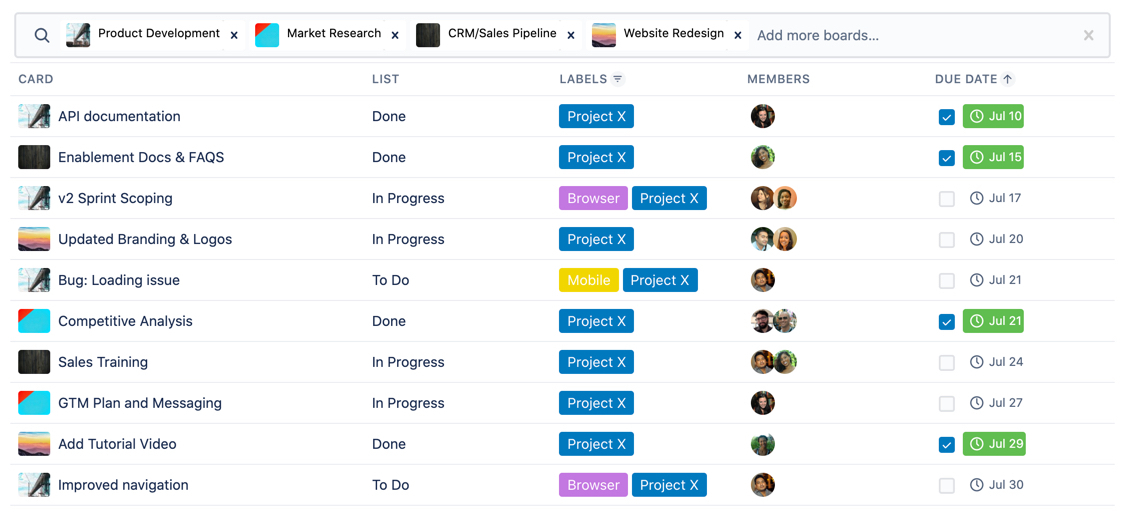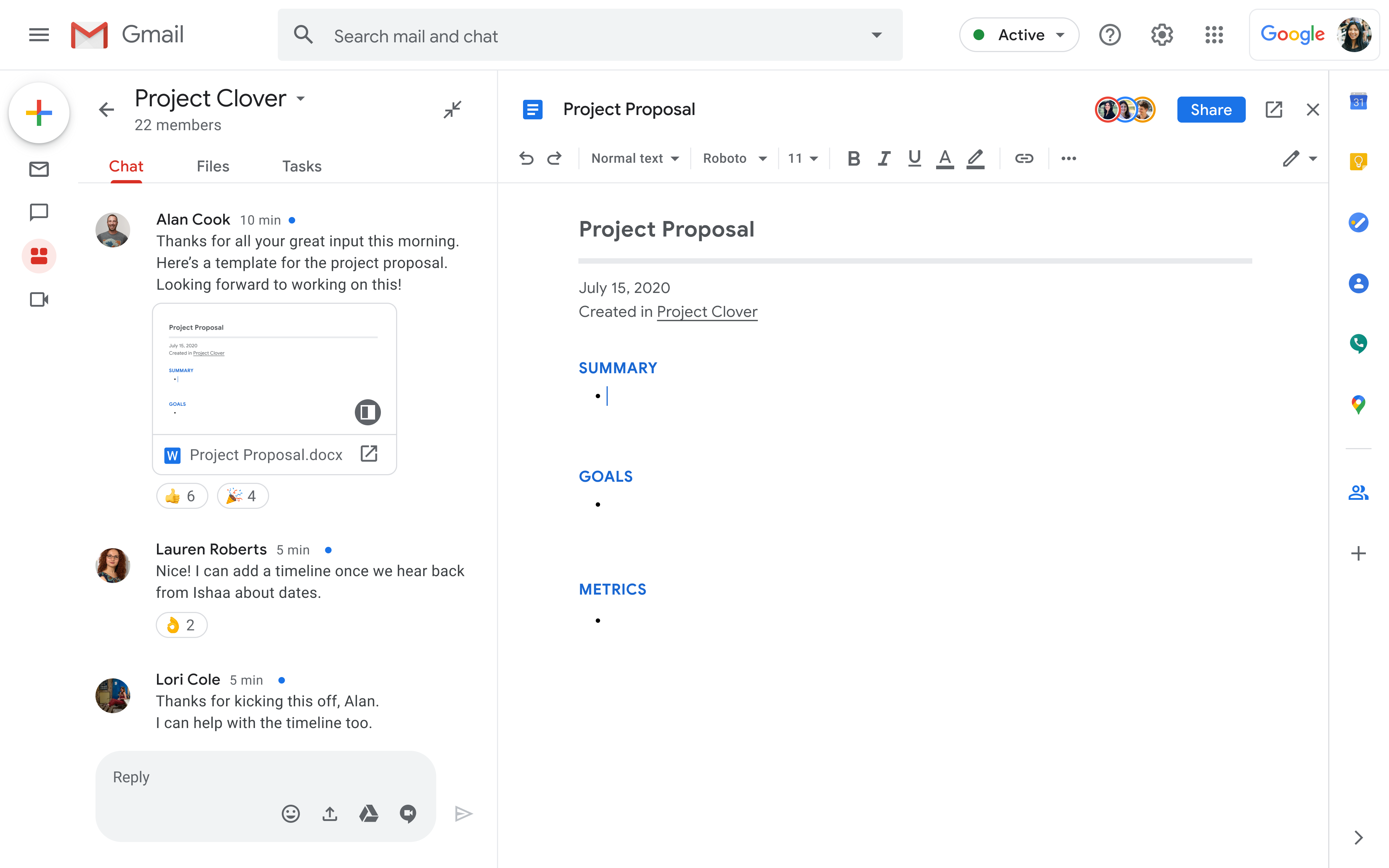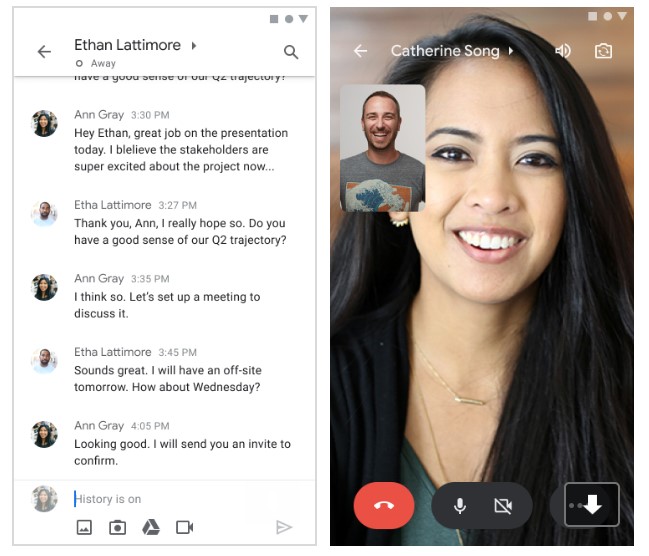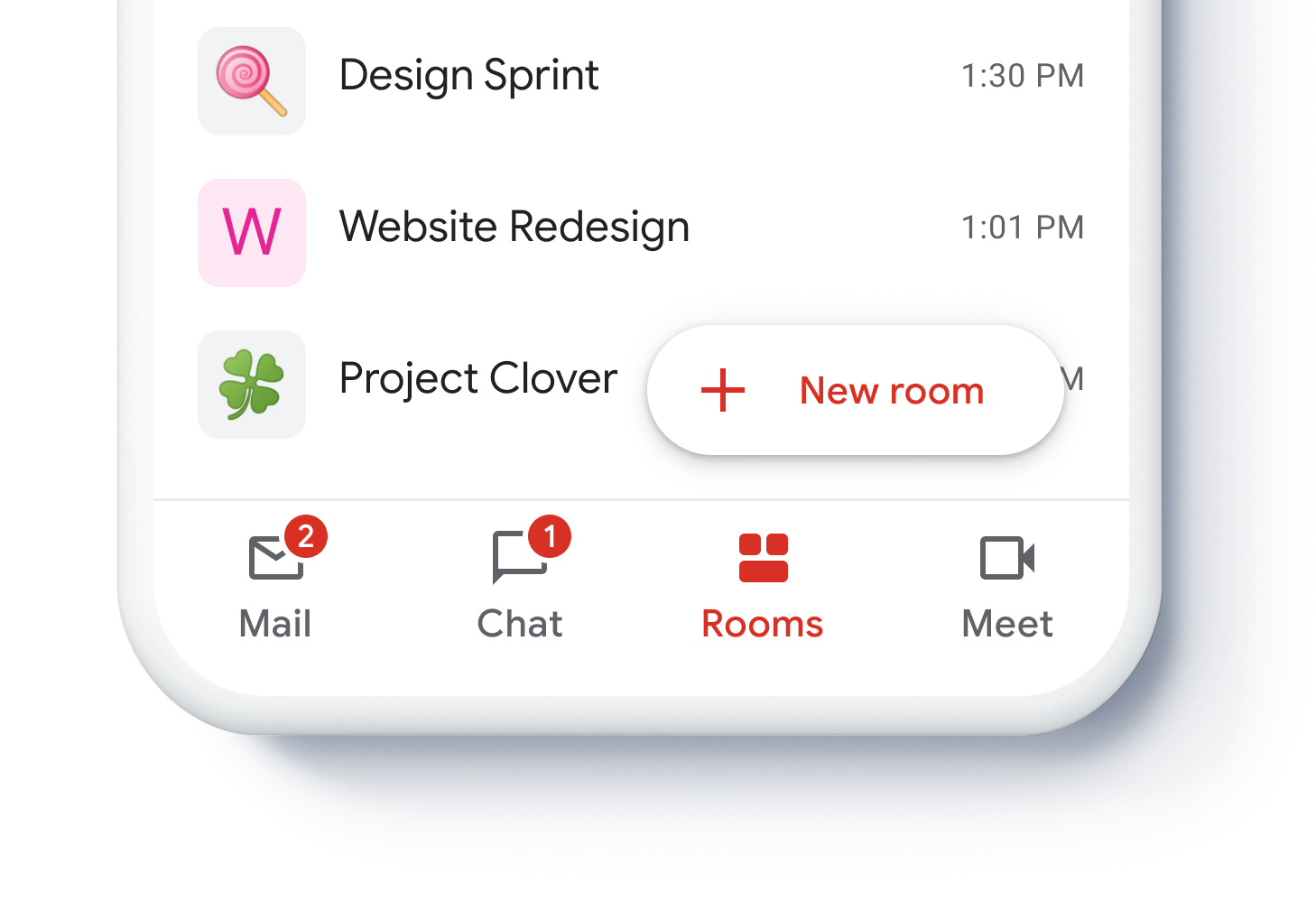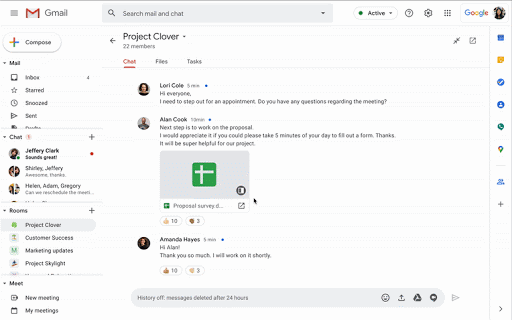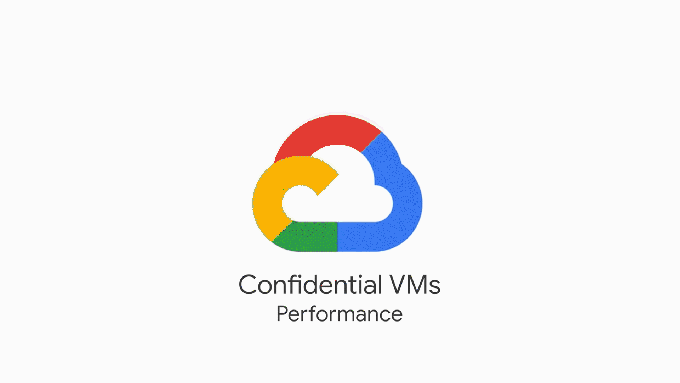Atlassian brings a table view to Trello
Atlassian today announced a number of updates to both its Confluence workspace and its Trello collaboration and project management tool. The focus here, the company says, is on supporting “the next phase of remote work.” Trello alone saw a 73% rise in signups in mid-March 2020, just as companies started shifting to work-from-home, compared to the same time a year ago.
The actual new features are pretty straightforward. The highlight for Trello users is surely the beta version of a table view. This marks the first time the service is giving users this spreadsheet-like overview of what is happening across their various Trello boards. It reminds me quite a bit of Airtable, but what’s maybe more important here than the feature itself is that the Trello team says this is the first of a series of new ways to view data across multiple projects in the application.
As for Confluence, a lot of the new features here are about saving users time (or measuring it). Coming soon, for example, is a bulk content management feature that will allow users to do things like archive multiple pages with a single click, label them or export them, among other things.
Available now are Confluence Smart Links that let you preview content from across the web so that users don’t have to leave their workspace to see important information, as well as real-time feedback on the content in Confluence, with the ability to view, create and resolve in-line comments while in the service’s edit mode.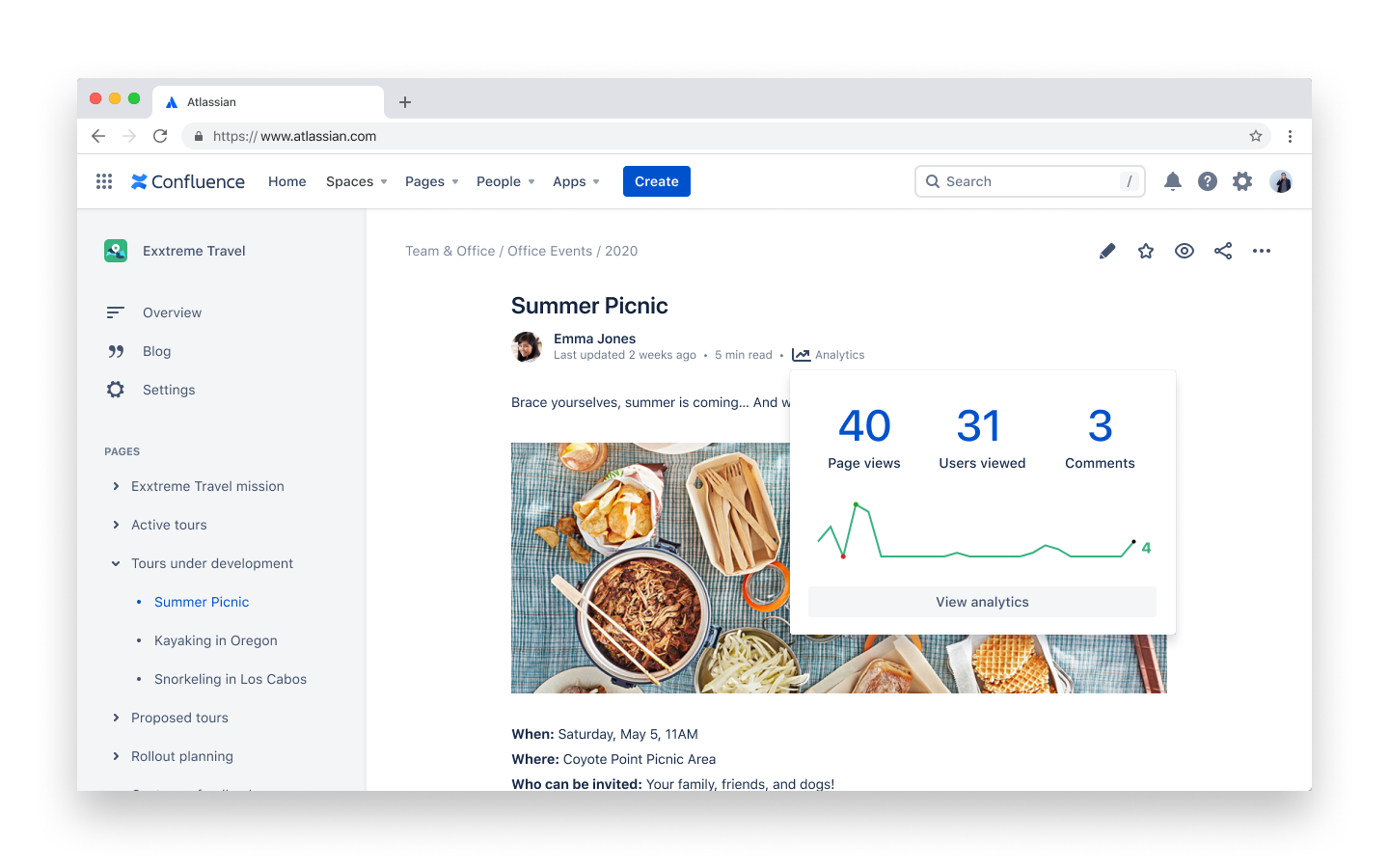
Image Credits: AtlassianThe last new Confluence feature is Page Insights, which is all about metrics. With this, Confluence adds estimated read time to its page view counts, “making it easier to form quick decisions about when and how to consume content in a busy workday. […] This simplifies the mental process of navigating the endless sea of content.” Who still has the time and energy to read all of those long documents, after all?
“Teams around the world were forced into working remotely, but now many organizations are considering a permanent move to a more distributed work environment,” said Pratima Arora, head of Confluence at Atlassian. “With so many work streams across departments and individuals, it becomes impossible to rely on the old system of email chains as a vehicle for planning and managing work. Leaders need to look at whether they have the right work management system to support collaboration across the organization for the long term.”
![]()

